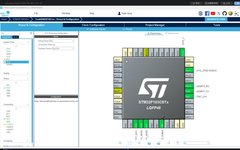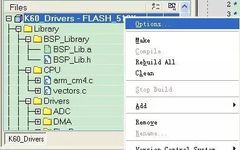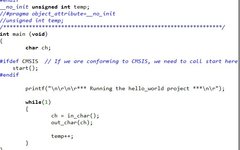Implementing Modbus Protocol for Communication Between Microcontrollers and PLCs
1. Introduction The HMI (Human-Machine Interface) is increasingly used in industrial automation systems and devices due to its small size, high performance, and strong real-time capabilities. It features various displays such as letters, Chinese characters, graphics, and images, with a simple and user-friendly interface. Equipped with long-lasting membrane button keyboards, it is easy to operate. … Read more








